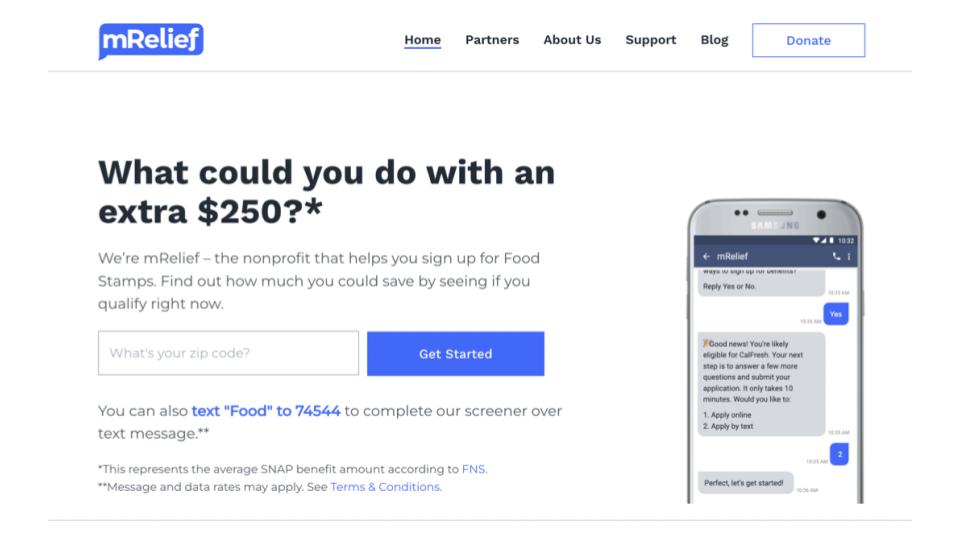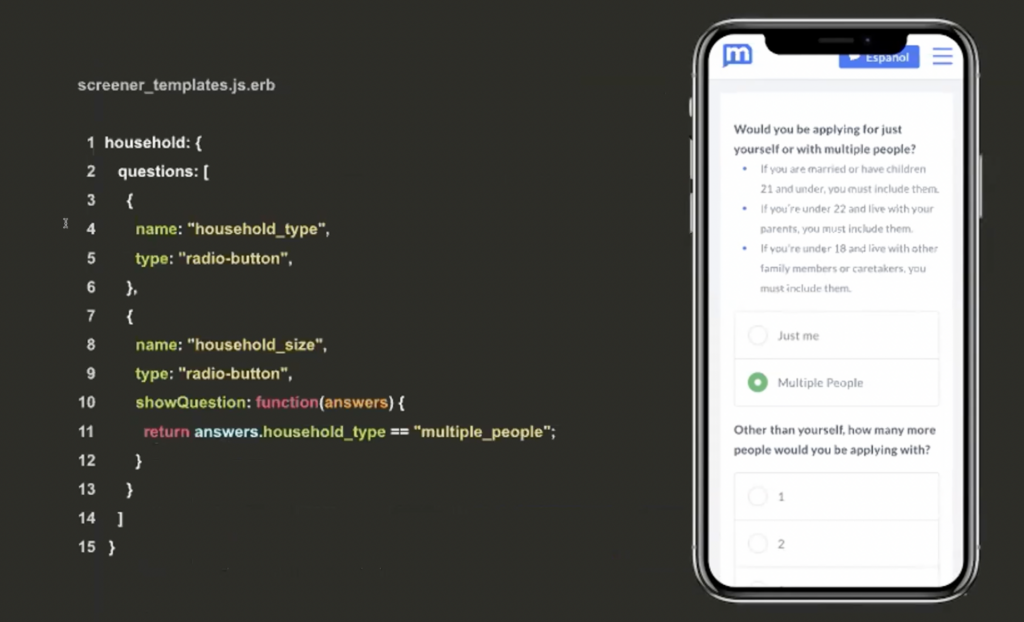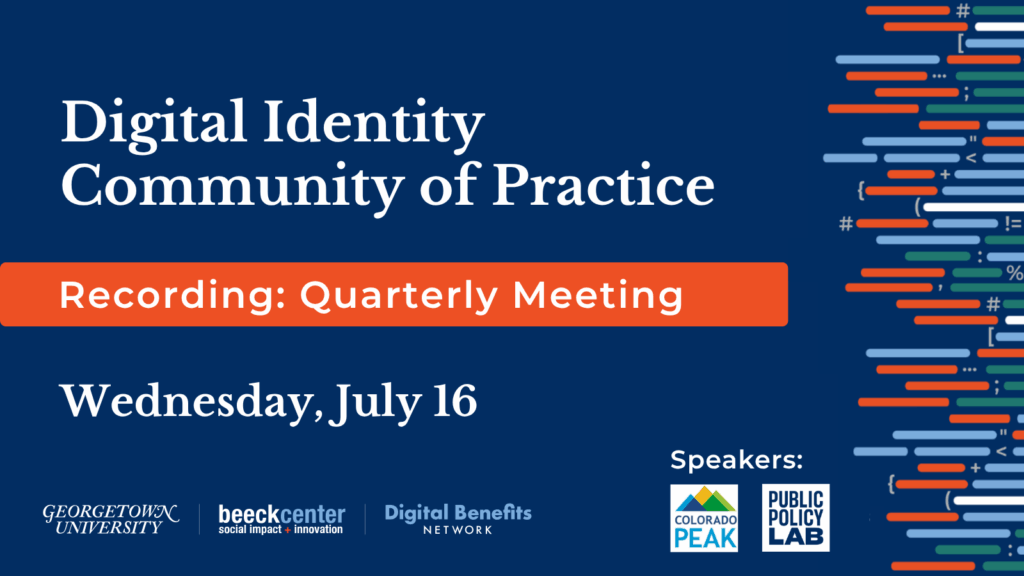Project Snapshot: mRelief
mRelief is a nonprofit that helps individuals in all 53 U.S. states and territories determine SNAP eligibility and apply using easy-to-use web and text tools. Their simplified, inclusive approach has supported over 2.7 million people and unlocked over $1 billion in benefits, focusing on minimizing barriers and adapting eligibility rules across states.

Organization Description + Mission
mRelief is a nonprofit software product company which helps people in all 53 states and territories participating in SNAP find out if they are eligible and apply for SNAP. Their mission is to “transform social services for the inherent dignity of all people.” They have helped over 2.7 million individuals, and have unlocked over $1 billion in SNAP benefits.
Approach to Eligibility
mRelief offers web-based and text messaging tools for eligibility screening for SNAP. Their tools emphasize ease-of-use through limiting the number of questions and only asking multiple choice or yes/no questions. They have tested this approach with people seeking benefits and against policy and found that, for example, people are more successful in selecting an income range rather than entering an exact amount into a field.
After determining if someone potentially qualifies, mRelief directs them to apply, either on their own through a simplified mRelief-developed SNAP application, directly through a state or government agency portal, or with assistance over the phone through a nearby community-based organization. mRelief indexes towards being more inclusive on who may be eligible, so as to generate as few false negatives as possible. Their tools do not provide estimated benefit amounts due to the complexity it would add to the screening questions in order to have an accurate estimate.
Rules Structure + Technology
In 2019, mRelief’s SNAP screening tool was live in Illinois and California and they were eager to bring the tool to more states. They initially followed their original format of creating a file with eligibility rules for each state that could account for a state’s specific requirements. However, this approach made maintenance and updates burdensome. To simplify their processes, mRelief changed course and designed a single, state-agnostic template file that relies on underlying commonalities in the main eligibility factors across states.
Today, mRelief’s data schema is structured around three factors of eligibility: 1) gross income limit for household size; 2) state asset limits; and 3) special eligibility categories (e.g., students, persons with disabilities, the elderly, non-citizen immigrants), which their team has applied to all 53 states and territories. They build their technology using Ruby and React with hard-coded rules that live in a single code file.
How They Write Rules
mRelief policy team members scour federal and state websites to track policy updates and changes in policy manuals and worker action guides. They regularly use resources such as the U.S. Department of Agriculture’s Food and Nutrition Service Agency’s website for the 44 states with Broad-Based Categorical Eligibility. Their team also subscribes to policy newsletters and advocacy lists, and goes to where people seeking benefits are talking about their experiences such as the food stamps board on Reddit. The policy team informs their technology team of rule updates, which are then implemented as code in the rules file and tested for accuracy.



